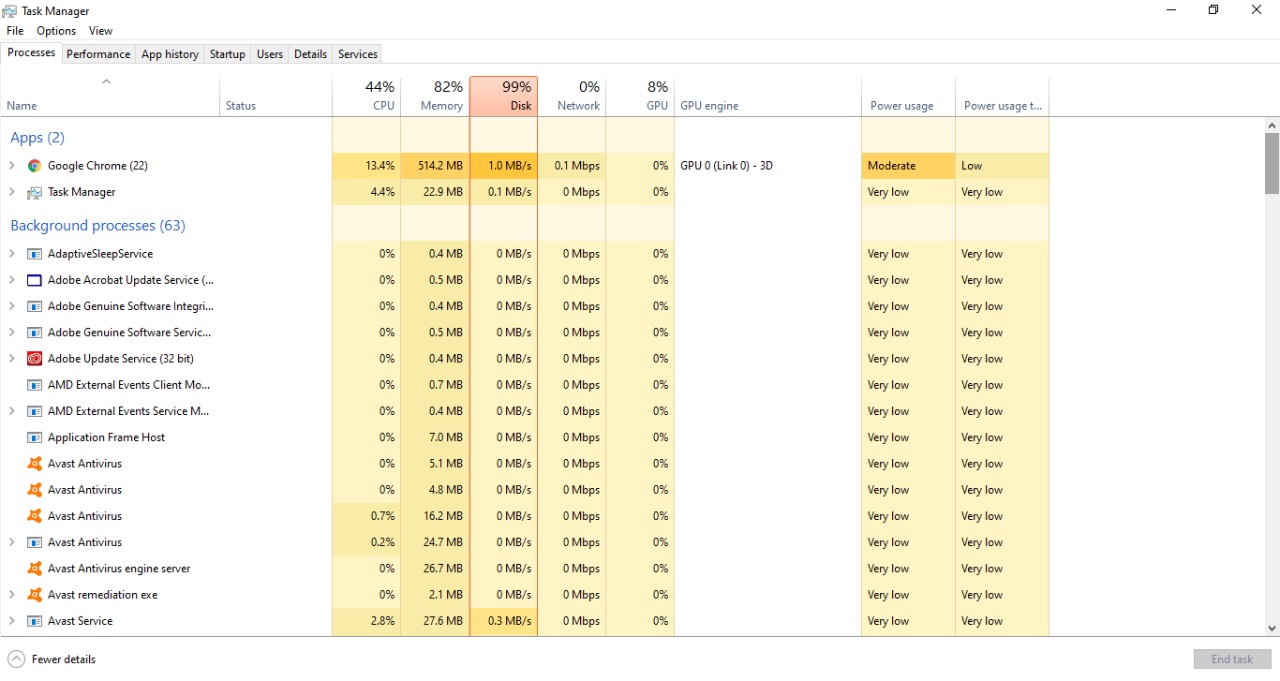
Pressing the push button calls our custom slot start_process, in which we'll execute our external process. This is shown below - a simple window with a QPushButton and QTextArea. To experiment with running programs through QProcess we need a skeleton application. Now we have our dummy_script.py we can run it from within our Qt application. Later we'll see how to extract data from this output. This simulates a long-running external program which is printing out periodic status messages. If you have an existing command line tool you'd like to test with, you can substitute that instead.ĭon't worry too much about the contents of this script, it's just a series of print (stream write) statements with a half second wait after. I'm using Python here to be sure it works on all platforms. Put the following in a file, and save it with the name dummy_script.py. Here we'll create a simple Python script for that purpose, which we can then launch from within our application. To be able to test running external programs with QProcess we need to have something to run. In this tutorial we'll look at QProcess, the Qt system for running external programs from within your own app.

This works great when using Python libraries to accomplish tasks, but sometimes you want to run external applications, passing parameters and getting the results.


So far we've looked at how to run work in separate threads, allowing you to do complex tasks without interrupting your UI.


 0 kommentar(er)
0 kommentar(er)
